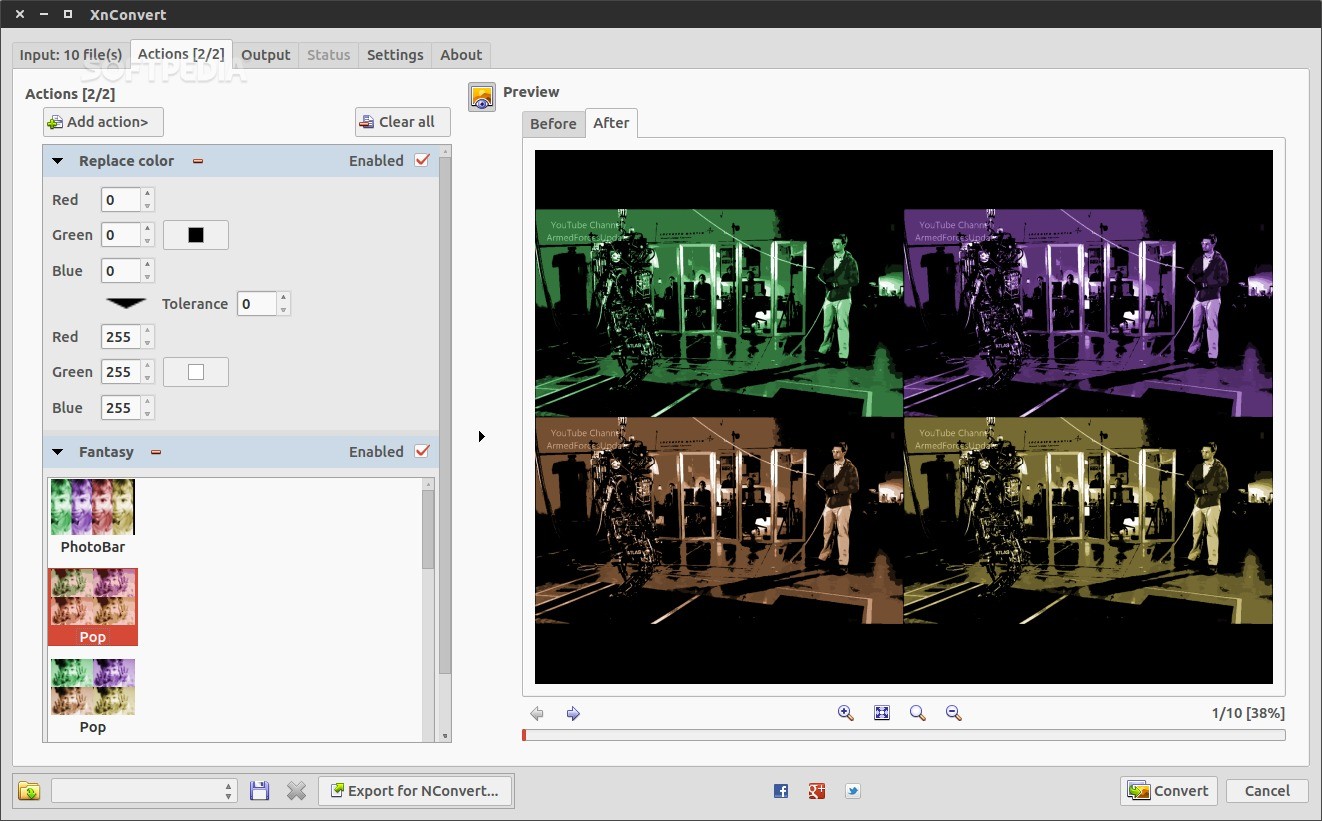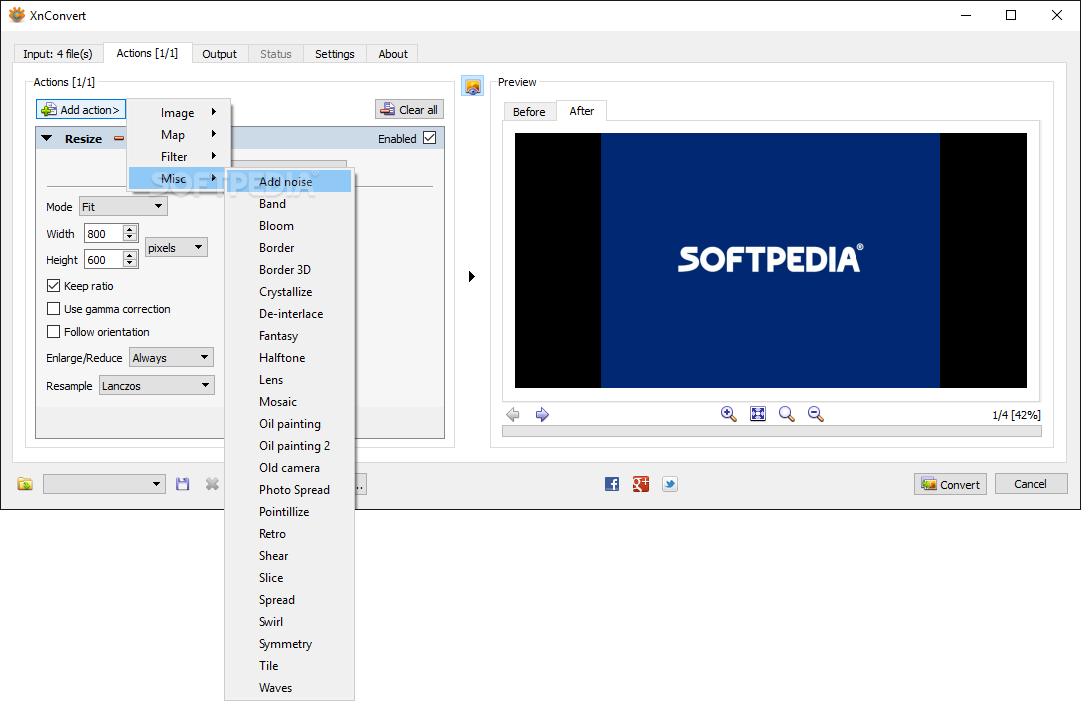
If you have little or no previous command line experience I can tell from my own experience that it can be a steep learning curve, and unforgiving when a problem arises as very often happens: as a long-term Windows user with minimal DOS experience, I never expected to use the command line until I discovered NConvert and realised that it could be useful for a project I had at the time. where do I place it and where do I place the folder filled with folders which have in their first level, before double clicking on the. "%%Y\*.png" by to limit conversion to the files you specified. My code above will convert all PNG files in each first level folder to JPEG, if there could be other PNGs in a folder replace I'm not familiar with command line options for XnConvert, to the extent that they currently exist: if you wish to use XnConvert you could start a new thread under that forum heading. Regarding XnConvert, it should be possible to configure it to process a folder containing multiple first level folders you could test whether it will also handle more complex folder structures.
Xnconvert doesnt read blp full#
You may need to edit the code to use full paths (enclosed in double quotes if there are any spaces in the paths), rather than the relative addressing I used, depending on how you test. bat should process the PNG files in any number of first level folders, while ignoring any other files in the folders such as the text files in the test folder example you uploaded. The code I posted above when run in a batch file. If you have some command line experience, you could download NConvert and create a copy of the help file, if you might be interested in an NConvert solution.


That is the syntax specified in the NConvert help file when the -out option, for example, is used.

Just wondering why jpeg and not jpg in your code?


 0 kommentar(er)
0 kommentar(er)
